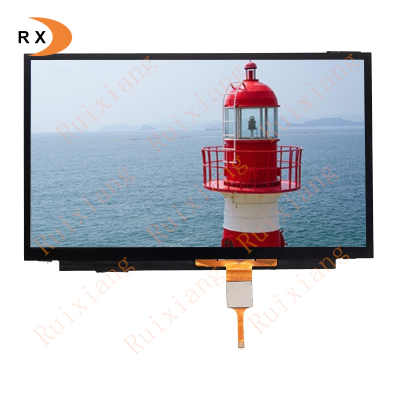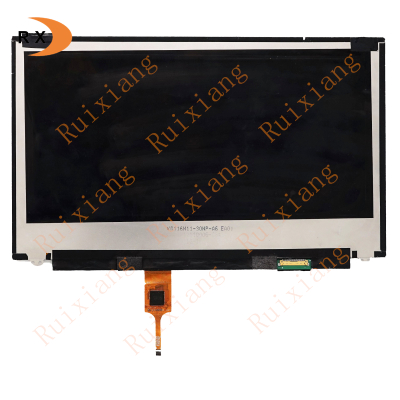In today’s digital age, the demand for vibrant and high-resolution display screens has significantly increased. One of the most common types of display panels used in various electronic devices is the Thin-Film Transistor (TFT) color screen panels. These panels offer stunning visuals with accurate color representation, making them the preferred choice for smartphones, tablets, televisions, and many more applications. In this article, we will delve into the classification and working principle of TFT color screen panels to provide a comprehensive understanding of their functionality.
TFT color screen panels can be categorized into two main types based on the technology used: In-Plane Switching (IPS) and Twisted Nematic (TN) panels. Both types possess unique characteristics and serve different purposes, contributing to the overall diversity in the display industry.
Starting with IPS panels, they are known for their superior color reproduction and wide viewing angles. This technology employs a liquid crystal arrangement that allows the light to pass through without distortion, resulting in accurate and vivid colors. IPS panels provide consistent color accuracy regardless of the viewing angle, making them an ideal choice for professional photographers, graphic designers, and individuals seeking high-quality visual experiences.
On the other hand, TN panels are famous for their fast response times and affordable pricing. This technology uses liquid crystals that are twisted when no voltage is applied, blocking the light. When a voltage is applied, the liquid crystals untwist, allowing the light to pass through and producing the desired color. TN panels are commonly used in entry-level devices as they are cost-effective and offer acceptable color reproduction for everyday applications.
Now, let’s dive into the working principle of TFT color screen panels, focusing on IPS technology as it has gained immense popularity in recent years. Inside an IPS panel, there are several layers responsible for displaying visuals accurately and vibrantly.
The backlight layer, placed at the back of the panel, emits white light that passes through a polarizer. The polarizer allows only light oscillating in a particular direction to pass through, resulting in linearly polarized light. This polarized light then reaches the first glass substrate, also known as the color filter substrate, which contains tiny red, green, and blue (RGB) color filters. Each sub-pixel corresponds to one of these primary colors and allows only its respective color to pass through.
Following the color filter substrate is the liquid crystal layer, which is sandwiched between two glass substrates. The liquid crystals in the IPS panels are aligned horizontally in their natural state. The second glass substrate, known as the TFT backplane, contains thin-film transistors that act as switches for individual pixels. Each pixel consists of sub-pixels that can turn on or off depending on the desired color.
To control the liquid crystals’ alignment, an electric field is applied to the thin-film transistors. When a voltage is applied, the thin-film transistors act as switches that allow current to flow through, aligning the liquid crystals vertically. In this state, the polarized light transmitted through the color filters is twisted 90 degrees, allowing it to pass through the second glass substrate. This twisted light then reaches the top polarizer, aligned perpendicularly to the bottom one, resulting in the rotation of polarized light back to its original position. This transformation enables the passage of light, forming the desired color.
One of the key advantages of IPS panels is their ability to provide consistent color reproduction and wide viewing angles. Due to the alignment of liquid crystals, the IPS panels allow light to transmit evenly, resulting in uniform colors across the entire display. Additionally, the wider viewing angles ensure that the visuals remain true to their original colors, even when viewed from different perspectives.
In conclusion, TFT color screen panels, particularly IPS and TN technologies, have revolutionized the display industry with their stunning visuals and versatile applications. IPS panels excel in color accuracy and wide viewing angles, making them ideal for professional applications. TN panels, on the other hand, offer faster response times and cost-effectiveness, catering to the needs of everyday users. By understanding the classification and working principle of TFT color screen panels, we can appreciate the intricacies behind the devices that have become an integral part of our lives in this digital era.
Post time: Jun-14-2023





